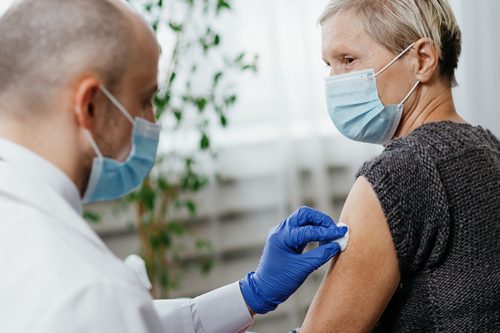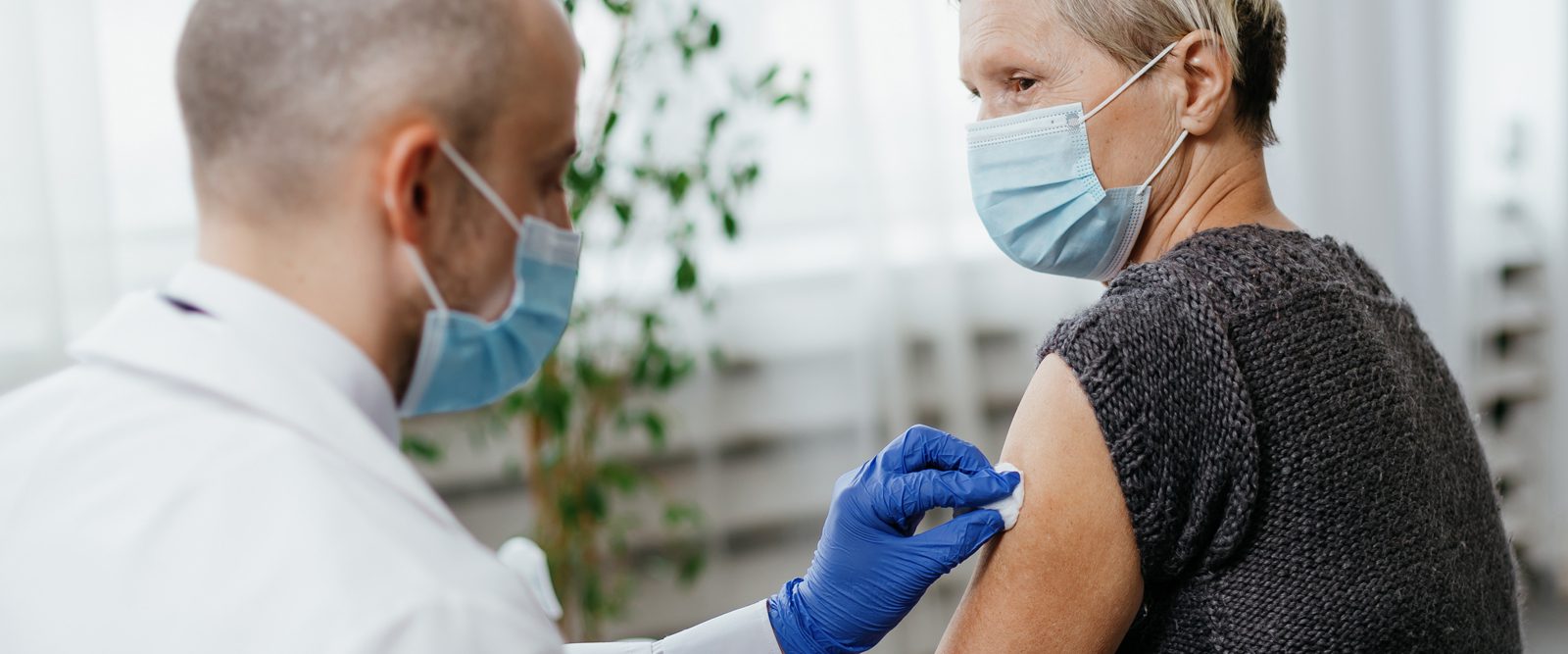- Joined
- Jun 8, 2008
- Messages
- 56,765
Happy September all
"
"

September 1, 2023 |
Covid cases have risen. Flu season is approaching. And new vaccines for the virus known as R.S.V. recently became available. |
This swirl of developments has left many people wondering which vaccine shots they should be getting and when. Today’s newsletter offers a guide. |
The main message that I heard from experts is that Americans should shift how they think about respiratory viruses. For the past few cold-weather seasons (which are also when viruses spread most), we obsessed over Covid. This year, we should take a broader approach. “It’s not only Covid you have to think about,” said Dr. Peter Hotez, a vaccine expert and the author of a forthcoming book, “The Deadly Rise of Anti-Science.” |
The good news is that there are vaccines and treatments that reduce risks from all major viruses likely to circulate this season, including Covid. “For the past couple of seasons, the notion was that Covid controlled us,” Dr. Nirav Shah, the C.D.C.’s principal deputy director, told me. “The tables have turned, not just for Covid but for the others.” |
The most immediate step worth considering involves R.S.V., which stands for respiratory syncytial virus. It is a common winter virus that usually causes mild cold-like illness but can be dangerous for young children and older adults, as Emily Martin, an epidemiologist at the University of Michigan, has told The Times. |
This spring, the federal government approved the first R.S.V. vaccines, for people aged 60 and older. If you qualify, consider getting your R.S.V. vaccine shot now. Shah, the C.D.C. official, recently urged his mother to do so. Hotez, who’s 65, has received his own R.S.V. shot. |
Why now? R.S.V. tends to circulate somewhat earlier than the flu. If you’re 60 or over, “you don’t want to get into November without having an R.S.V. vaccine,” said Dr. Ashish Jha, the former White House Covid adviser and current dean of Brown University’s public health school. |
What about infants? Although there is no R.S.V. vaccine for them, children under 8 months (and some who are older) can receive an advance antibody treatment to prevent severe illness. Parents may want to ask their pediatrician about it. It’s sufficiently new that not all doctors have it yet. |
The flu officially kills about 35,000 Americans in a typical year, and the true toll is probably higher. As Jha told me, the flu also weakens the body in ways that make heart attacks and strokes more common, especially among the elderly. “We underestimate the impact that respiratory viruses have on our population,” he said. “The flu can knock people out for weeks, even younger people.” |
Yet the flu’s toll would be lower if more people got a vaccine shot. In recent years, less than half of Americans have done so. |
This year’s flu vaccine shots are now available at drugstores, hospitals, doctor’s offices and elsewhere. You may want to wait until late September or October to get one, though. The heaviest parts of flu season tend to occur between December and February. If you wait, the shot’s protection against severe illness will still be near its strongest level during those months. |
The best defenses against Covid haven’t changed: vaccines and post-infection treatments. They are especially important for vulnerable people, like the elderly and the immunocompromised. “Overwhelmingly, those who are being hospitalized are unvaccinated or undervaccinated,” Hotez said. |
The federal government is on track to approve updated Covid vaccine shots, designed to combat recent variants, in mid-September. Once it does, all adults should consider getting a booster shot. Many Americans have now gone more than a year without one, and immunity has waned. |
Yes, severe Covid remains rare in people under 50, especially if they have received a vaccine shot or had the virus — and nearly all Americans fall into one or both categories. But Covid can still be nasty even if it doesn’t put you in the hospital. A booster shot will reduce its potency. |
Shah argues that children (over 6 months old) should also get a Covid shot this fall, even though their own Covid risk is very low. “We should be thinking bigger than just ourselves,” he told me. “Do you want to see your grandpa? Do you want to hang out with your grandma? Are you really sure you’re not going to give Covid to them?” Even some boosted older people get severe versions of Covid. |
A good strategy for many people may be to get their Covid booster and flu shot at the same time, in late September or October. |
And if you’re older and you get Covid, talk to a doctor about taking Paxlovid or a different treatment. It can make a big difference. “When I get Covid,” said Jha, who’s 52 and healthy, “I have every intention of taking Paxlovid.” |
I’ve offered specific advice here about the ideal time to get different vaccine shots. But don’t exaggerate the importance of timing. As Shah said, “What I care more about is that you get all three shots if you’re eligible rather than when you get all three.” " |








![author['full_name'] author['full_name']](https://clf1.medpagetoday.com/media/images/author/MikeBassett_188.jpg)

















300x240.png)